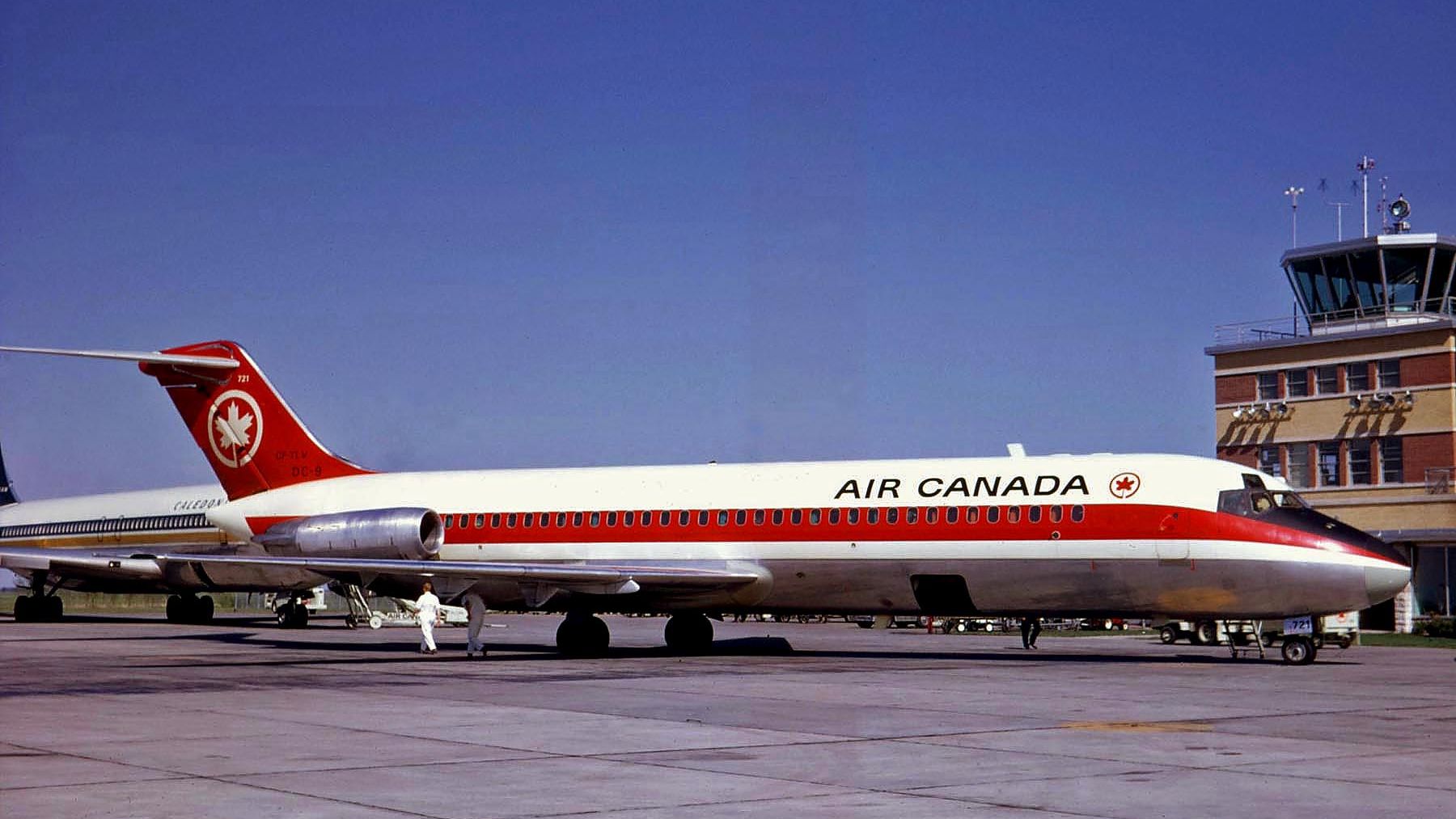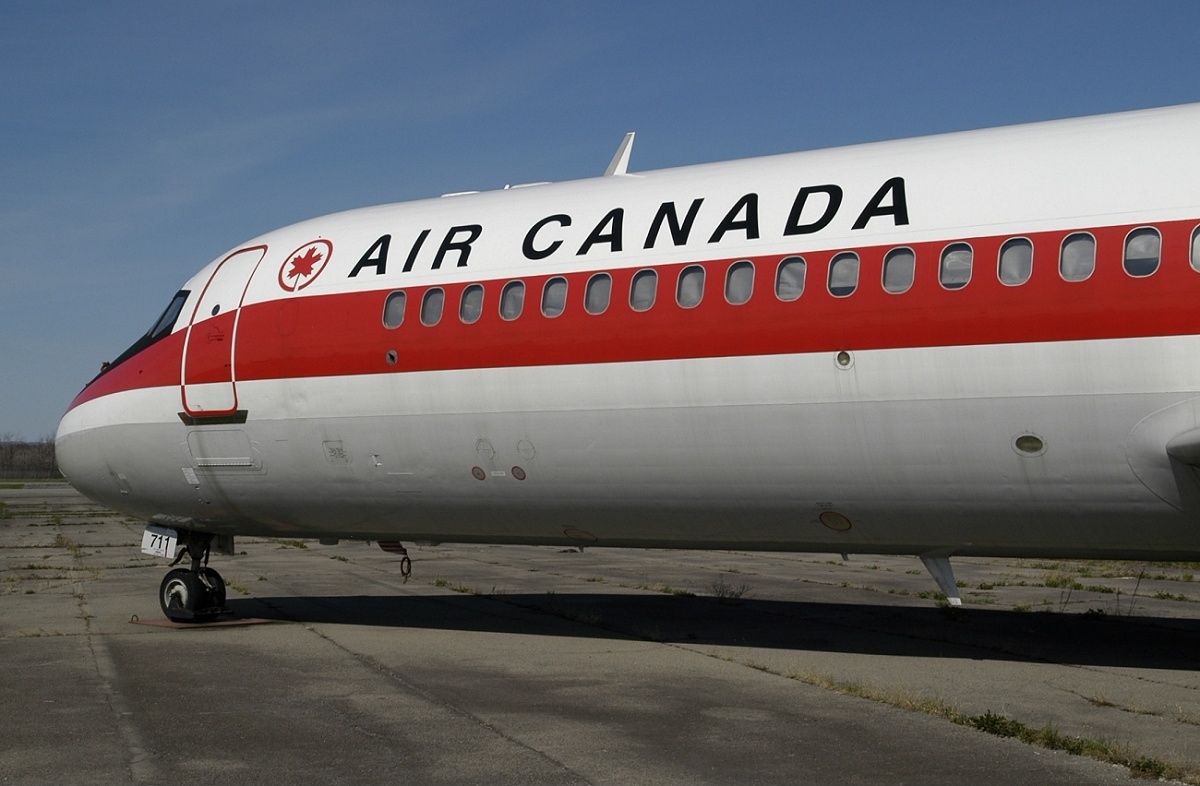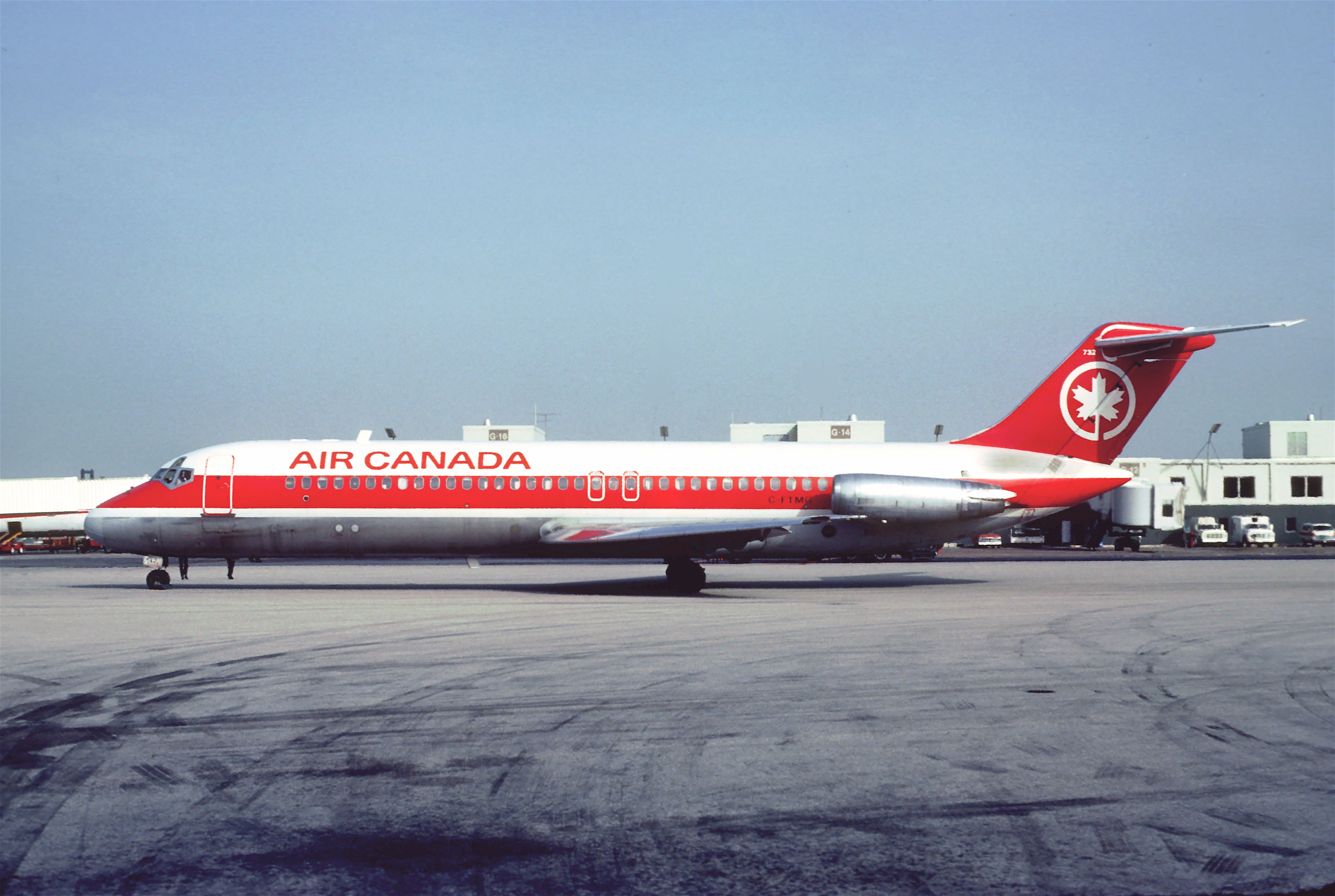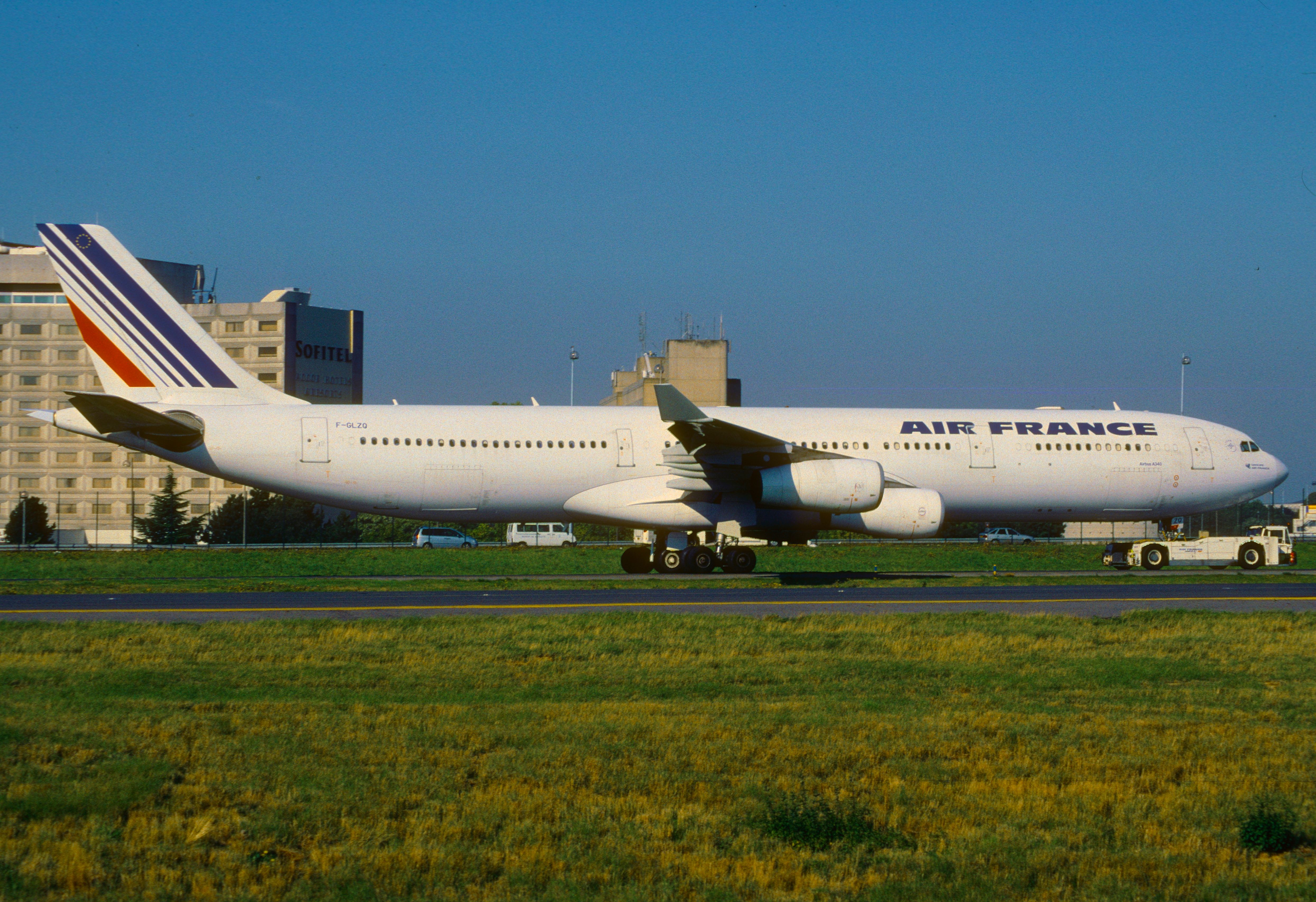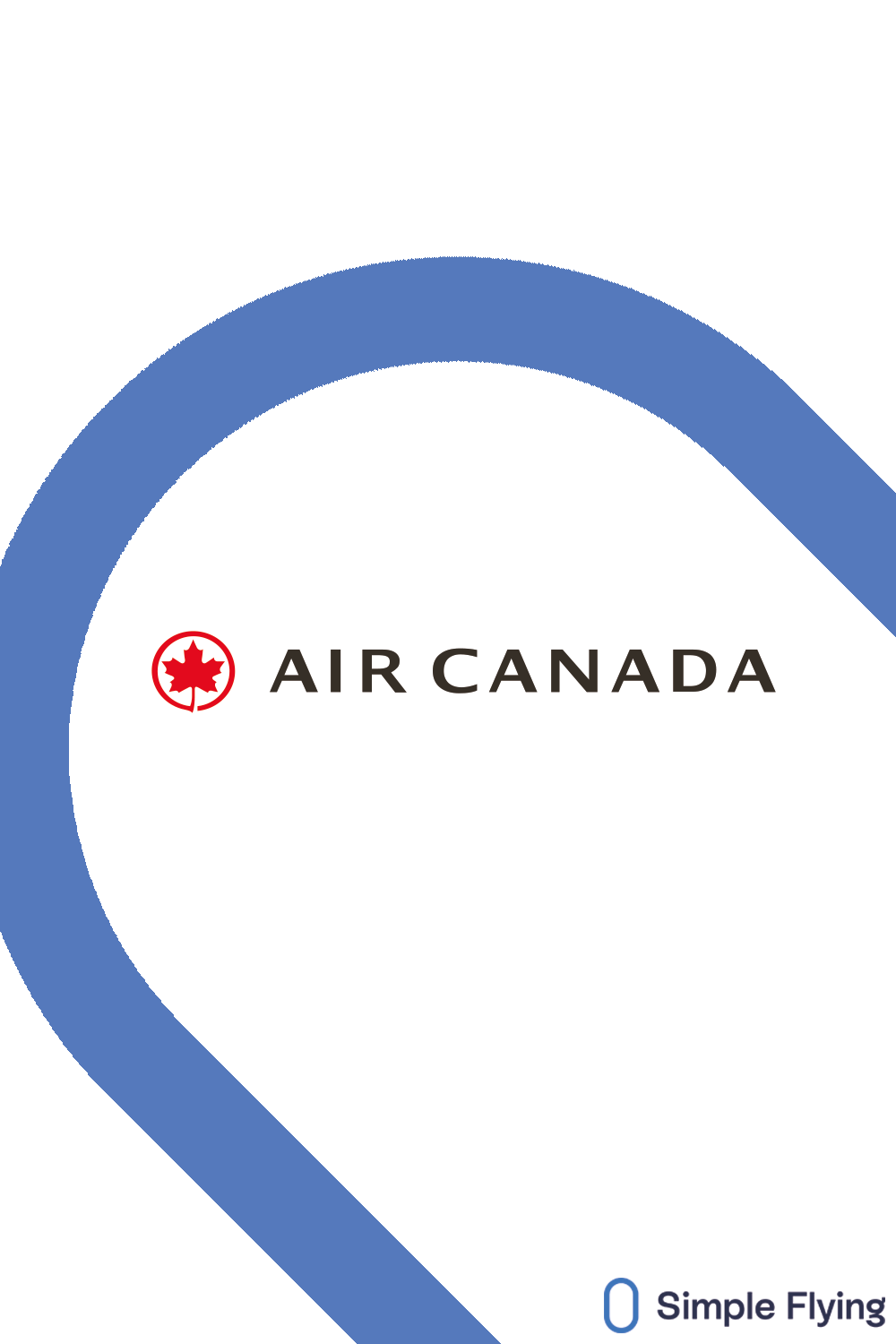On June 26, 1978, Air Canada Flight 189 crashed while taking off from Toronto Pearson International Airport (YYZ), killing two of the 102 passengers aboard the plane. The aircraft operating the flight was a 10-year-old McDonnell Douglas DC-9 with the registration number CF-TLV.
Air Canada Flight 189 was a regularly scheduled domestic flight from Ottawa Macdonald–Cartier International Airport (YOW) to Vancouver International Airport (YVR), with stops at Toronto Pearson International Airport (YYZ) and Winnipeg International Airport (YWG).
A tire burst during takeoff from Toronto
Powered by two Pratt & Whitney JT8D engines, the McDonnell Douglas DC-9-32 in question had accumulated 25,476 hours of flight time since being delivered new to Air Canada in April 1968. The 32 series DC-9 was a stretched version of the original version with a larger wingspan and improved flaps.
The early morning flight from Ottawa landed in Toronto without incident and was parked by 07:25 local time. At 07:45, a new crew boarded the aircraft and received permission to push back and taxi to runway 23L. At 08:08, approval was given for takeoff, and the pilot advanced the throttles.
Initially, everything was normal until 46 seconds later, and at a speed of 145 knots, the pilots felt vibrations and heard a thumping sound. One of the DC-9 tires had burst, sending chunks of rubber into the landing gear mechanism. This activated a light indicating that the right main landing gear was unsafe.
With 4,000 feet of runway left, the first officer shouted, "gear is unsafe, right gear." The captain immediately aborted the takeoff, deploying the spoilers and reverse thrust. The plane crossed the runway threshold and trasversed 457 feet before plunging over an embankment into the Etobicoke Creek ravine.
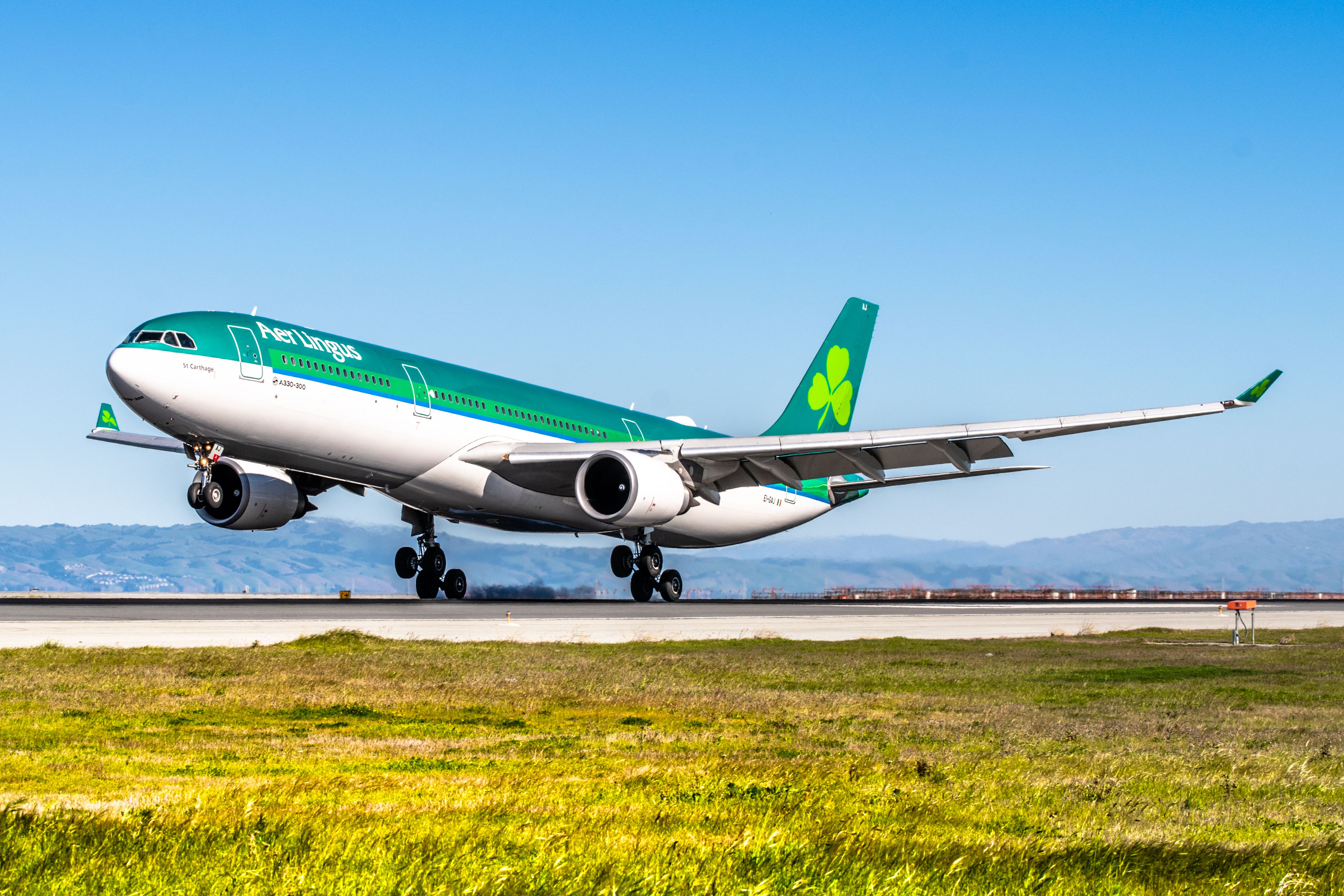
5 Fun Facts About Aircraft Wheels & Tires
What is your knowledge of aircraft wheels and tires?The impact made the fuselage split into three pieces, but miraculously, the aircraft did not catch fire, even though the fuel tanks were ruptured. Both of the passengers who died were seated where the fuselage split at the front of the plane.
The investigation
An investigation into the crash found that multiple causes were to blame and recommended that aircraft tires be given greater scrutiny. It also attributed blame to the flight's captain, Reginald W. Stewart, for waiting four seconds after the unsafe gear light illuminated before aborting the takeoff. It said a quicker decision to abort the takeoff could have stopped the plane before it reached the embankment.
The investigators also criticized the level of training in emergency braking and the presence of a ravine at the end of the runway. Nothing was done to address the ravine issue, which was raised again 27 years later when Air France Flight 358 overran the runway and ended up in the ravine.
Stay informed: Sign up for our daily and weekly aviation news digests.
Air France Flight 358
On August 2, 2005, Air France Flight 358 from Paris to Toronto overshot the runway while landing in adverse conditions. The aircraft, an Airbus A340-300, was instructed to land on Pearson's shortest runway, 24L, and touched down further than usual.
As in the case of Air Canada Flight 189, the flight crew waited too long to deploy reverse thrust, so the aircraft inevitably ran out of runway and ended up in the ravine. Fortunately, none of the 309 passengers and crew were killed in this instance, but both accidents could have been far more deadly, particularly if the fuel had ignited while passengers were in the vicinity.
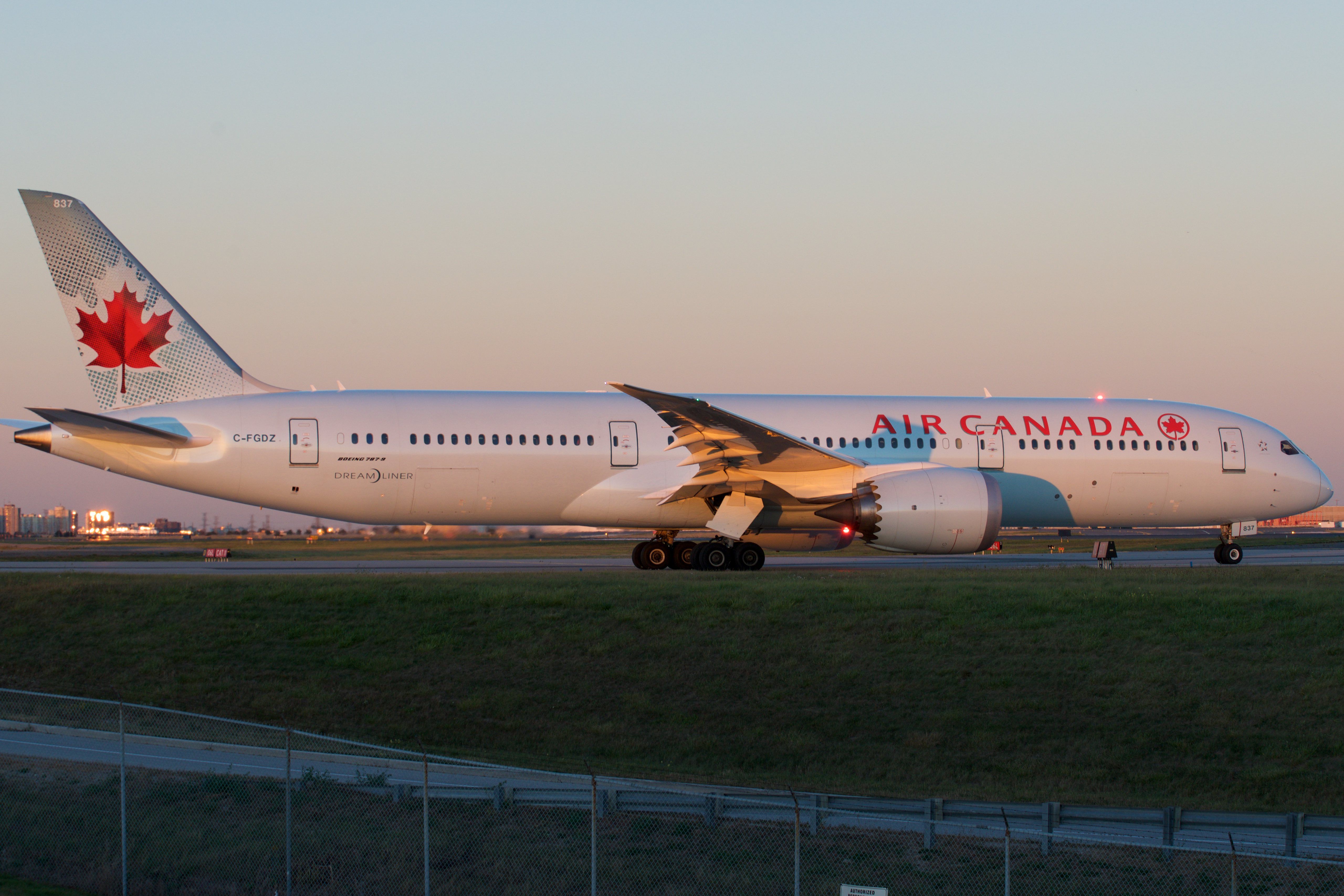
Air Canada Boeing 787-9 Tires Damaged On Departure From London Heathrow
An Air Canada Boeing 787-9 has tires blow out taking off from London's Heathrow Airport, but makes a safe recovery.What do you make of this incident? Let us know by commenting below.

